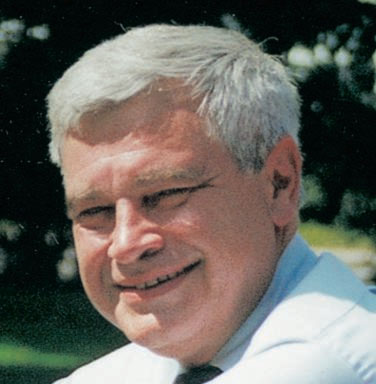
[caption id="OntheFamilyTree_img1" align="aligncenter" width="1024"]

[caption id="OntheFamilyTree_img2" align="aligncenter" width="376"]

WINSTON CHURCHILL conceived of the English-speaking peoples, and Anglo-American ties in particular, in terms of a family tree. With the establishment of the American colonies in the 17th and 18th centuries, just recounted in our “Great Migrations” series, an American branch of the tree was inevitably formed—as Canada, Australia and New Zealand would branch in their turn.
Throughout the 19th century, America continued to receive a steady influx of immigrants from Great Britain—inspired not by the religious and political motivations that characterized the colonial pilgrims, but by economic opportunity and the promise of a better life. If the great magnet of our early settlement had been land, increasingly the pull to American shores was commerce. The Industrial Revolution swept across England, changing a way of life that had endured fundamentally unaltered for 400 years; it fueled the growth of the British Empire and brought new generations of British artisans and dreamers across the Atlantic.
This issue we introduce a new feature series, “Industry & Empire,” that tells the story of how the Industrial Revolution took Britain’s family tree from horse-speed and an agrarian economy to the modern age. We begin with the tale of Isambard Kingdom Brunel, who took the family where we were going.
Our cover is graced by Her Royal Highness the Duchess of Cornwall. Her recent official visit to the States accompanying Prince Charles provided us with a first opportunity to see this multifaceted lady on her own terms. The pundits say the duchess did a great job. I thought British Heritage readers might like a closer look at the woman behind the heir to the throne. After all, it is fun to keep up with our cousins.
London will always be the spiritual capital of the English-speaking peoples. The ever-vibrant city remains the brightest sun in the galaxy of our common culture, the home of West End theater and Rules, Doctor Johnson and the Archbishop of Canterbury—and Samuel Pepys. During the tumultuous decades of the Restoration, while William Penn was rallying Quakers to Pennsylvania, Pepys recorded the events of public life and captured the ethos of sparkling London in his famous diary.
About the time our family tree was branching, the bustling streets of London were home to Benjamin Franklin. In “Hands Across the Sea” this issue, and in honor of Ben’s 300th birthday, we visit the newly opened Benjamin Franklin House near Trafalgar Square, the only home of the inventor and statesman still standing.
Stay with us next issue, as we begin a series of visits to some of London’s most interesting historic neighborhoods— “Streetlights of London.”
A passion for sports is a strong family trait Britain and America share. What we play, however, often differs like a slam dunk from a sticky wicket. Sometimes these things take explaining. As always, at work and at play, it is British Heritage’s mission to pluck from our family tree a cornucopia of the past and present, to inform and to enrich our lives. You can bet on it.
[caption id="OntheFamilyTree_img3" align="aligncenter" width="136"]





Comments